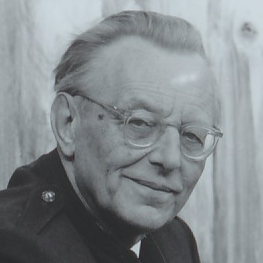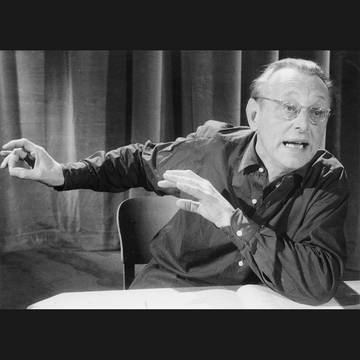What particularly attracted Orff to this story was not merely the satirical and parable-like content, but also elements of mime and theatre. For Orff, the juggler’s show is not merely about content; the fundamental subject of the work is play in its ambiguousness as both a theatre play and a play on fantasy. This dictates the choice of artistic media utilised by Orff in this composition. The dramatic agent of ›Astutuli‹ is pure language itself – a language which is thoroughly characterised by drama, gesture and mime.
›Astutuli‹ is a work for actors rather than singers. The renunciation of singing corresponds to the renunciation of melody – extended passages of the work are shaped by rhythmic recitation originating from acting and expressive gestures which Orff had employed for the first time in the witches’ scene in ›Die Bernauerin‹.
Orchestral moments are also reduced to a skeleton-like texture: the instrumentation consisting exclusively of percussion instruments provides a background and accompaniment for the spoken or rhythmically declaimed text.






